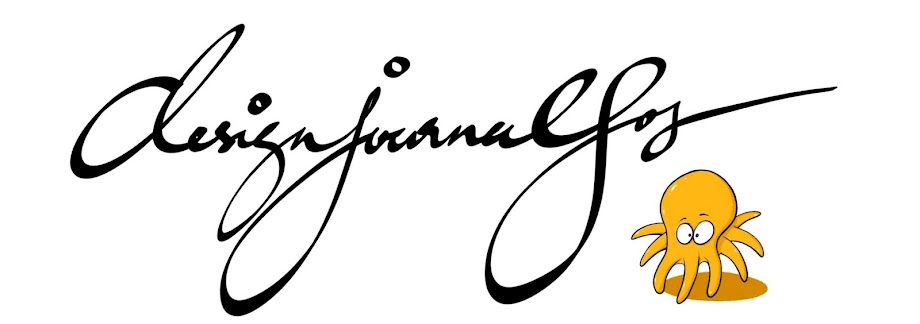Need a filler to engage a class? This activity can easily use up an hour.
Nothing vey fanciful or complex. But an excellent opportunity to reinforce linework in drawing. That is light lines for drafts lines and finishing off with darker outlines. Good time to remind students to hold their tools firm but light. Relaxed.
A quick introduction to what an oblique drawing is if students are not familiar with it. You can do a quick demo showing first a 2D square. Then tell them you can magically turn it into a 3D object with a few more lines.
Otherwise if the students had already done it before, I am sure there will always be learning opportunities and techniques to correct. If the students are really quick, the teacher may proceed with building and ‘cutting’ blocks to produce replicas of daily objects like tables and chairs, etc.
For the advanced maybe introduce shading techniques or shadows.
So even the simplest of forms - the oblique - can be quite complex.
The following is a quick 1hr example:
The second half of the filler activity can be a little bit of fun. Slightly more advanced where students can start building up blocks like Lego. Build upwards, downwards and side ways. Using a variety of proportions.
The more advanced students may wish to shape the blocks making them into triangles or more complex ‘cuts’ like a “V” groove or a square depression, etc. Teachers may need to do a quick demo for them.
If you like the full course on how you can make use of Oblique Drawings for practice, head down to the video below.
FOLLOW and LIKE on Facebook to get updates as soon as a new post is up: https://www.facebook.com/designjournalsos
Support me, support my work? Buy me a Coffee? https://www.buymeacoffee.com/mrdanielsos




